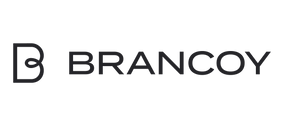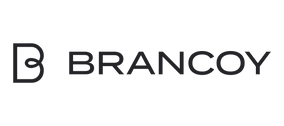Online shopping speed has become one of the most crucial competitive factors in digital business. Today's consumers expect instant service - according to research, the majority of users will abandon a site if it does not load within 3 seconds. First impressions are made in seconds, and slow loading speeds signal unreliability and poor quality.
The explosive growth of mobile devices has further emphasized the importance of speed. Customers browsing online on smartphones are particularly impatient and expect a seamless experience across a variety of network connections. Slow mobile browsing almost certainly means lost sales.
A fast online store also directly impacts customer trust. When a site responds quickly, users perceive the online store as professional and trustworthy, which is a basic requirement for online shopping. In a modern online store, the customer experience starts with loading speed, and this experience largely determines whether the customer continues the purchase process or switches to a competitor.
How does website loading speed affect conversion rates?
The loading speed of a website directly affects the conversion rate of an online store. Every extra second in loading time can drop the conversion rate by up to 7%. From a conversion optimization perspective, loading speed is one of the easiest factors to improve and can achieve significant results.
Bounce rates increase dramatically on slow websites. When a customer has to wait for a page to load, the likelihood of them leaving the site increases significantly. Especially on mobile devices, the likelihood of bounce is accentuated as users expect quick access to the content they are looking for.
Speed also affects the value of the shopping cart. When a customer can browse products effortlessly and move from page to page without delay, they are more likely to explore a wider range of products and add more items to their cart. A smooth shopping experience without frustration typically leads to higher average purchases.
Speed is critical for search engine visibility. Google uses site speed as a ranking factor, which means that slow online stores will receive less visibility in search results. A better ranking in search results will bring more visitors and potential customers to your online store.
What are some ways to improve the speed of your online store on the Shopify platform?
There are several effective ways to improve the speed of your Shopify store. Image optimization is one of the most important steps - images should be compressed to a suitable size and format before uploading to your site. Modern image formats like WebP can reduce image sizes by up to 30% while still maintaining high quality.
Theme selection and optimization have a significant impact on the speed of your online store. The themes available in Shopify's official Theme Store are generally optimized for speed, but they can also be improved by removing unnecessary elements and simplifying the code. It's worth carefully considering the need for each theme customization.
- Limit the number of apps you use - every additional app slows down your store
- Take advantage of Shopify's caching and CDN network
- Remove unused JavaScript and CSS files
- Reduce the number of HTTP requests by concatenating files
Shopify Plus users have access to additional tools, such as the ability to use a custom caching solution, but the key is to test and monitor regularly - optimization is an ongoing process, not a one-time event.
How to measure and track the impact of e-commerce speed on your business?
The impact of ecommerce speed on your business should be measured systematically with the right tools. Google PageSpeed Insights is an excellent free tool that analyzes your site speed on both mobile and desktop devices and provides concrete suggestions for improvement. It also provides Core Web Vitals metrics, which are important for search engine visibility.
Google Analytics is an invaluable tool for tracking the business impact of speed. It lets you see how page load time relates to conversion rates, bounce rates, and time spent on pages. Analytics also allows for A/B testing, which lets you compare the effects of an optimization to a control group.
The most important metrics to monitor are:
- Page Load Time
- First Contentful Paint
- Largest Contentful Paint
- Cumulative Layout Shift
- Conversion rate in relation to loading speed
For Shopify merchants, we also recommend utilizing Shopify’s own analytics in conjunction with these tools. After improving speed, it’s important to track changes in average purchase, conversion rate, and customer return rate. These metrics reveal the true business impact of speed.
Remember that optimizing your e-commerce speed is an ongoing process. Measure results regularly and make improvements based on data. Good e-commerce performance is a competitive advantage that is directly reflected in customer satisfaction and sales.




